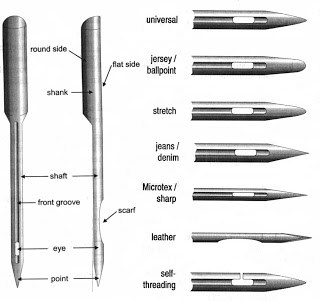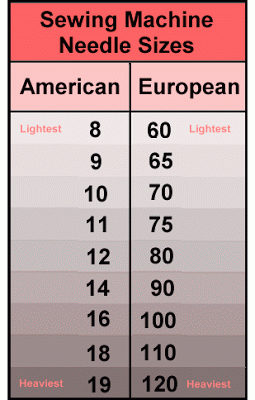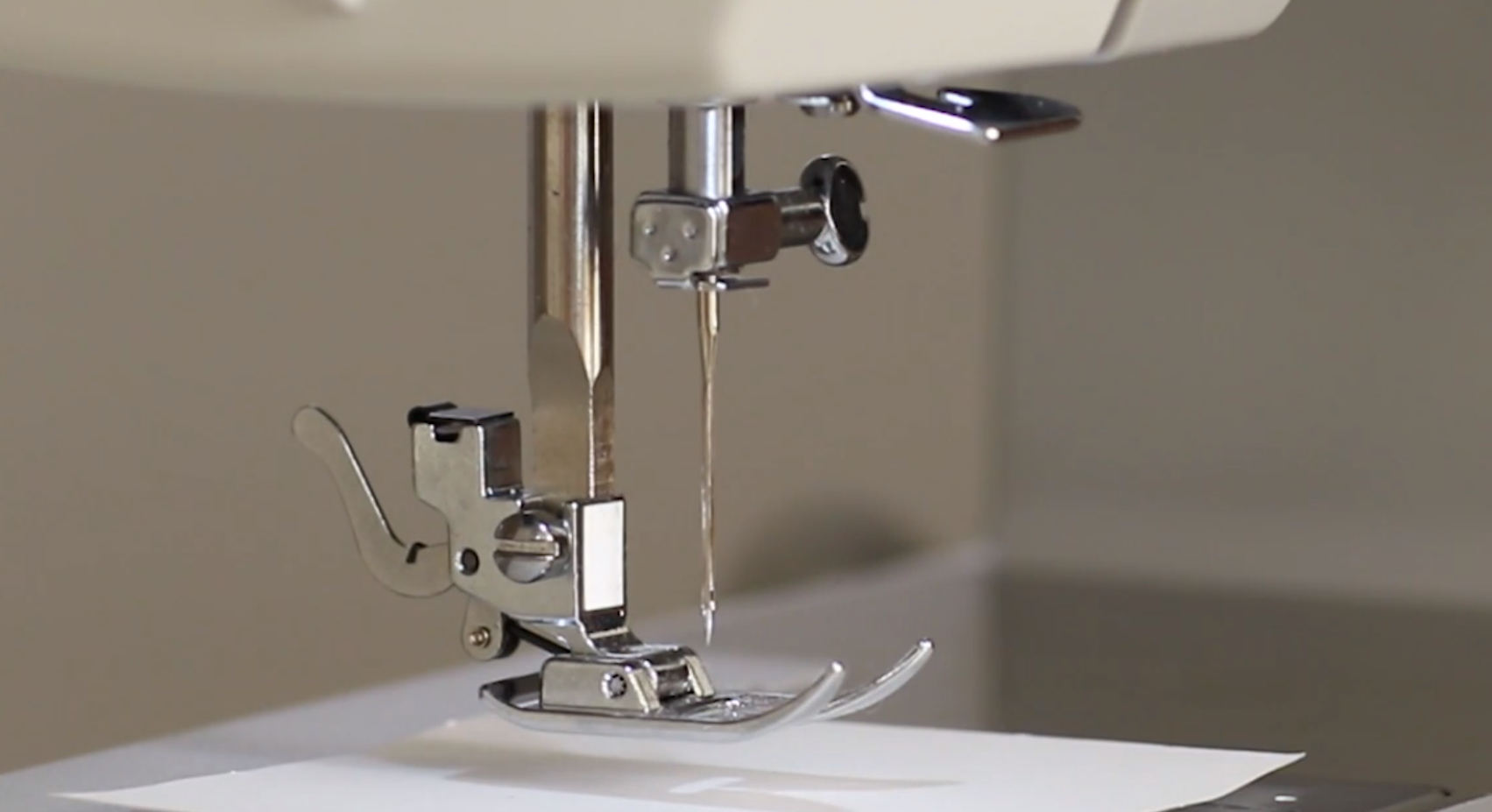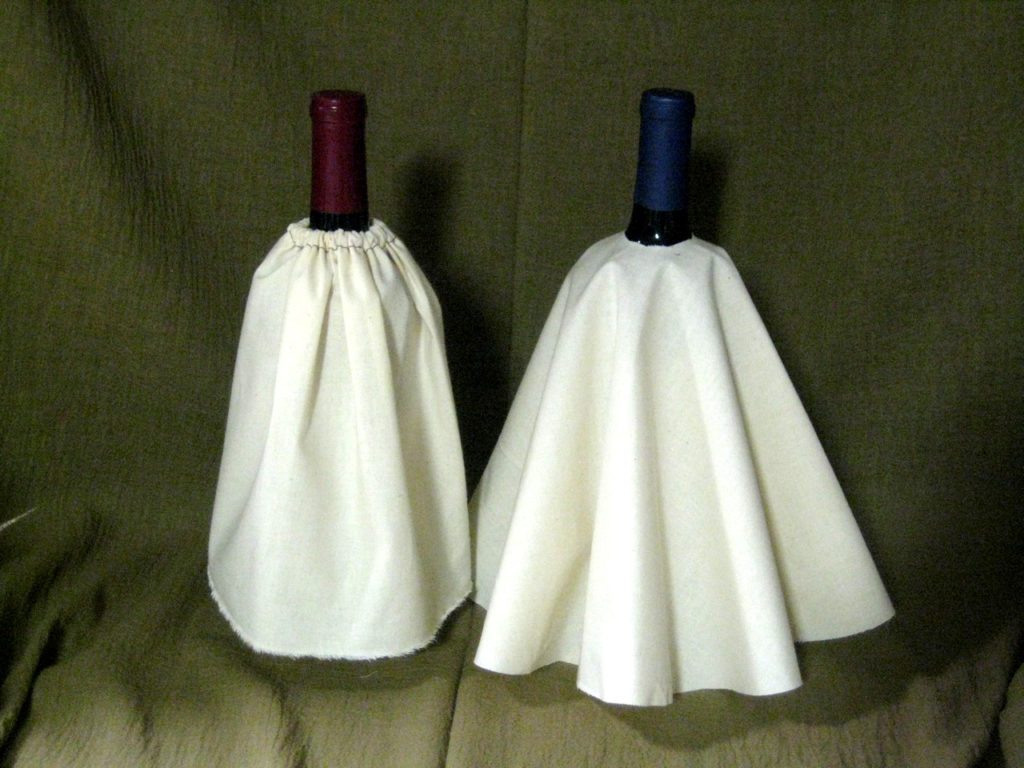I know it has happened to you. You are in the middle of a project, almost got through everything you need and when you are going through a bulky seam your needle just snaps. Do not despair. In this tutorial I will show you how to change and choose a needle for your sewing machine
Changing the needle of your sewing machine
Most of the time we will stick to our universal needle. The one that comes with our sewing machine. Probably you will be going through that little bag through spares that is inside the compartment of your sewing machine. The first time can be a bit scary but the process is actually very easy.

Needles do break every so often, sometimes they may bend slightly. If you think your needle is bent do stop sewing inmediately as you may break the fabric and the machine in some cases. It is also recommendable to change them regularly and choose the best type for your sewing machine.
The process is very simple. In most machines there is a little screw on the right hand side that you will need to turn just enough to loose the needle. I do own a Singer and it comes with an L shape screwdriver which makes it so much easier to turn the screw. Be aware that your screw usually unscrews towards you. Firmly holding the needle put it down and insert the new needle making sure the flat part is towards the back. Then secure firmly with the screw and thread as normal.
Choosing a needle for your sewing machine
There are mainly two factors to take into account when you are changing your sewing machine needle. The shape of the needle and its size. Both taking into account what kind of fabric you will be sewing.
Types of sewing machine needles
The type of needle you will be using with your machine will mostly depend on the different types of fibers you will be sewing. There is virtually one type of needle for each job. Below I have listed the most common.

- Sharp/Universal needles. Standard sharp needles for natural materials like cotton, linen, wool or jersey.
- Ballpoint/Jersey needles. Dull needles for man made materials like polycotton, polyester, viscose or mixed fibers.
- Stretch needles. Ballpoint coated needles which slide easily on stretchy fabrics specially those that contain elastane (lycra).
- Leather needles. Spear shaped, great for leather, leatherette, and plastic coated fabrics.
- Microtex needles. Very sharp an ideal for silks, microfibre fabrics and foil fabric.
- Denim/Jean needles. Extra thick and strong for woven fabrics, denims, or quilts.
- Machine embroidery needles. Extra strong needles specially designed for embroidry machines.
- Handicap/Self-threading needles. Designed to thread your sewing machine easily but in general not as versatile as other types of needles.
Sizes of sewing machine needles
The numers in America and Europe differ to represent the size of a sewing machine needle. In America they go from 8 to 19 and in Europe from 60 to 120. Sometimes you will see both numbers on the needle in any order. The smallest number represents a thinner needle whereas the big numbers account for the thicker ones.

You must choose the size of your needle depending on the weight of your fabric. Light fabrics like organza or georgette will be better with a low numbered needle such as an 8/60. For the much thicker upholstery fabric you may want to use a 19/120. Using the wrong size of needle may create some problems. Sheer fabrics will get ugly big holes with thick needles and you can break the needle if you use a thin one on heavyweight fabric.

I hope this tutorial on how to change and choose a needle for your sewing machine was useful. Remember you can support my blog in many ways, clicking my affiliate links, buying me a Ko-fi, or using some of my patterns and cosplay related downloadables! With your help I can create more cosplays, articles and tutorials to share with you!



